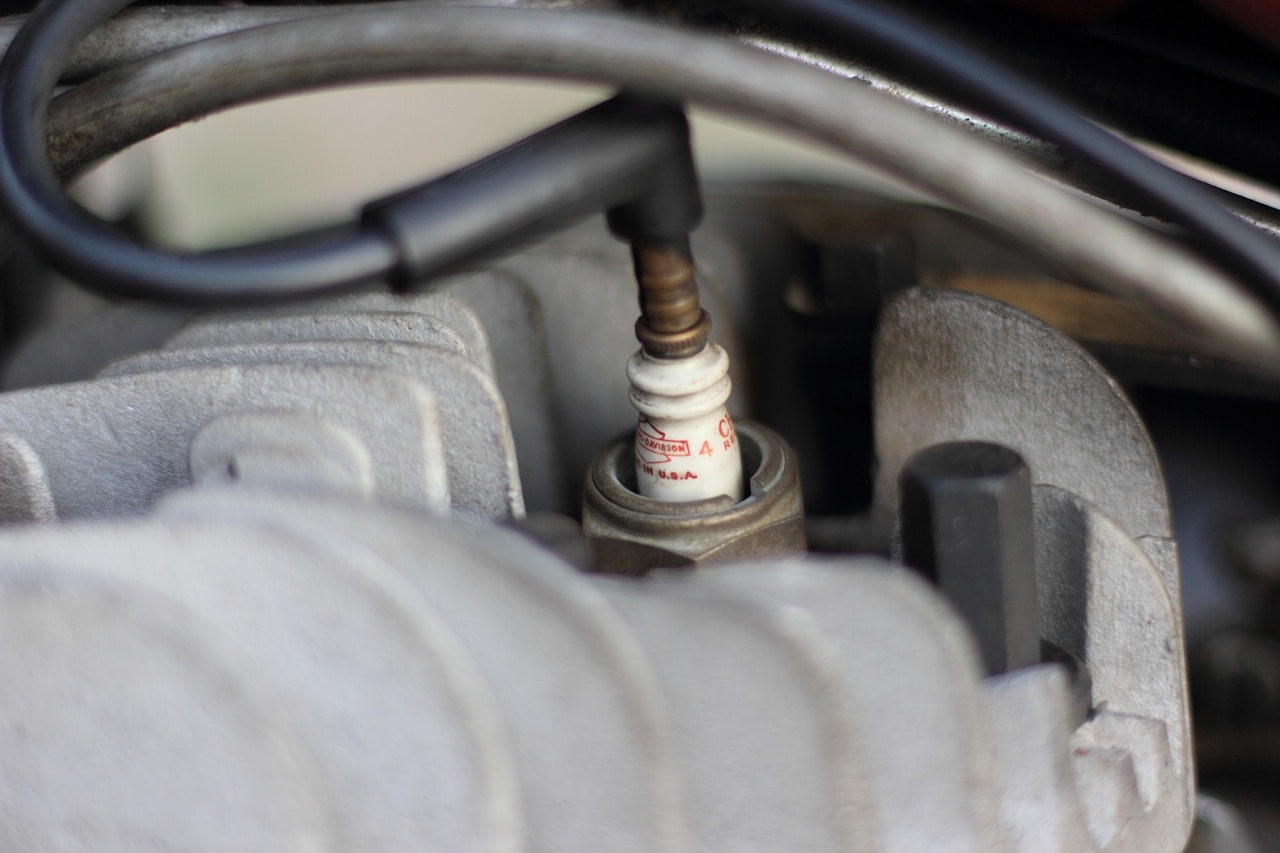
Your gas-powered engine hasn't been running as it should lately. You've noticed a decrease in power and fuel efficiency, and the spark plugs may be to blame. You know they need to be replaced, but you're not sure whether it's best to do so when the engine is hot or cold.
Spark Plugs Should Be Changed When The Engine Is At An Ambient Temperature.
This is because the head and spark plug are made from different materials, so they expand and contract at different rates. If you try to remove or install a new plug when the engine is hot or cold, it can be dimensionally different from the thread, potentially leading to damaged threads or a broken spark plug.
What Happens If You Change Spark Plugs When The Engine Is Cold?
If your gas-powered engine has been fully shut down and allowed to cool, it's probably best to wait until the engine has had a chance to warm up and reached ambient room temperature before changing the spark plugs.
If you try to change spark plugs when the engine is very cold, you may find that the torque setting is different than what you're expecting. In this case, torque refers to the amount of pressure required to turn the plug.
As the torque is dictated by the spark plug's thread diameter and the plug and head are made from different types of metal, they expand and contract at different rates. So, when the engine is cold, the torque setting will be lower than usual. This means you may not be able to properly tighten the spark plug, which could lead to damage.
What Happens If You Change Spark Plugs When The Engine Is Hot?
Changing spark plugs when the engine is hot is not recommended for a few reasons. First, as the engine and spark plug heat up, the threads expand. If you try to remove the plug while it's still hot, you may find that it's seized in place.
Trying to remove a seized spark plug can damage the threads in the head, which will then need to be repaired. In severe cases, the entire head may need to be replaced.
If you try to install a new spark plug when the engine is hot, you could end up with a plug that is too loose or too tight, depending on the application. When the head is hot, the threads can expand.
So, when you install a cool spark plug, it may not properly engage the threads. This can lead to a host of problems, including damage to the threads, a cross-threaded spark plug, or a plug that doesn't correctly seat in the head.
Another reason not to change spark plugs when the engine is hot is that you could potentially burn yourself. The engine, spark plug, and surrounding areas can all be hot, so it's essential to take care when changing plugs.
The Bottom Line
It's always best to change your spark plugs when the engine is at an ambient atmospheric temperature – 20-25°C. This will help to prevent damage to the threads and ensure that the plugs are properly seated. If you try to change plugs when the engine is hot or cold, you risk damaging the threads, cross threading the plugs, or not correctly seating the plugs. These problems can all lead to engine damage, so it's vital to be diligent when it comes to maintaining and changing spark plugs. If you have any questions about engine maintenance or how to choose the right spark plugs for your application, please feel free to call our support team.
 Image Source: Pixabay
Image Source: Pixabay
 Apply for an Account
Apply for an Account Log In
Log In 0Basket
0Basket Checkout
Checkout
 01782 983376
01782 983376 info@rmwalshltd.co.uk
info@rmwalshltd.co.uk 